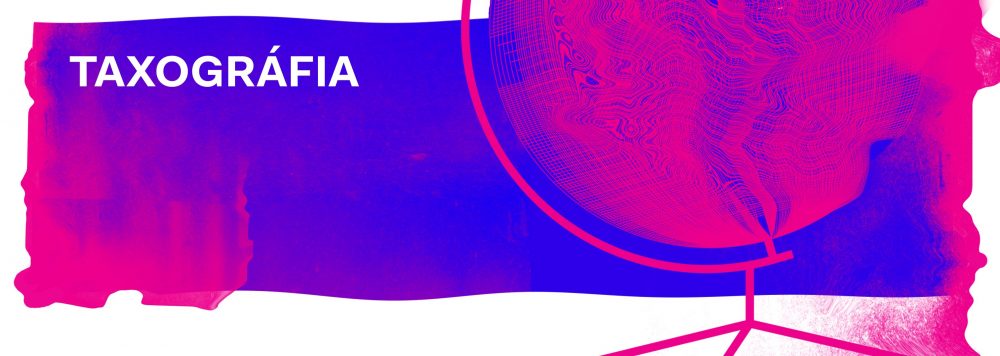| 2016. Dec. 1. | 20:00 |

Artists:
ALBERT Ádám
ZILAHI Anna
Opening speech:
GADÓ Flóra, curator
Curated by:
ŐZE Eszter
Graphic design:
HOFFMANN Tamás Boldizsár, SZABÓ Andrea
Special thanks to:
KOVÁCS Gyula
MIKÓ Bálint
“Back then, said Pater Zea, the Academy had sent out their three best surveyors, La Condamine, Bouguer, and Godin, to establish the length of the meridian of the equator. The hope had been, if only on aesthetic grounds, to disprove Newton’s ugly theory that the earth was flattening itself by its own rotation. Pater Zea stared fixedly at the table for a few seconds. An enormous insect landed on his forehead. Instinctively Bonpland reached out his hand, stopped, and then pulled it back again. To measure the equator, Pater Zea continued. In other words to draw a line where no line had been before. Had they looked around outside? Lines happened somewhere else. His bony arm pointed to the window, the bushes, the plants covered in swarms of insects. Not here! Lines happened everywhere, said Humboldt. They were an abstraction. Wherever there was space as such, there were lines.”
― Daniel Kehlmann: Measuring the World
The exhibition aims to present a critical interpretation of classification by examining the possibility of personal approaches to taxonomy. Ádám Albert’s and Anna Zilahi’s exhibited works build on the 19th century’s cultural historical framework; they question the ideological constructedness of systematisation through the objects, compositional principles, and a related sound piece from the closing decades of the great geographical discoveries as well as the era of the forming of nation states.
Ádám Albert builds a personal classification system in which he renders found objects next to both his older and newer works. In his artistic approach he focuses on cultural sharing, that is, he reflects on the various aspects of knowledge producing tools and methods, taking into account their changing forms in historical time and geographical locus. He scrutinizes these socio-political questions indirectly – through the field of aesthetics – in his works. Therefore, he does not only point to certain moments of the past, but to the complex interrelations, co-existences, and the not necessarily evident linkages of knowledge systems and knowledge production.
The selection of objects presented examines the functioning of taxonomies through the constructedness of knowledge production. Albert’s found and created objects seem to be a part of a scientific toolkit: a 19th century demonstration tool, old notes taken out again, and objects serving the systematisation of the objects needed for scientific activity. These objects can be regarded as the pictorial metaphors of the examined topic and the 19th century’s framework. The artworks evoke a net of references referring to the main questions of the obtainability and canonisation of knowledge, the formation of its hierarchical ordering, and the way it is organised into a system.
Anna Zilahi’s participation-based works deal with the question an individual’s representability. Her work primarily focuses on the medium of sounds; however, her literary activities and language-oriented thinking also influence her artistic approach. The Unavoidable Staccato of Heimweh is a four channel sound installation based on a conceptual music piece formulating system criticism by relativizing the tonality system. By subjectivizing the sounds within the “second Hungarian national anthem”, the Szózat, Zilahi’s work looks to deconstruct the dominant nationalist take embodied by the music piece.
Zilahi examines the relations between the notions of home, motherland, homesickness, and nationalism. The installation is based on a conceptual music piece which is a reinterpretation of the Szózat. The concept is built on the intention to liberate the sounds from the tonality system, since tonality can be regarded as a social construct in music. Taken out of the tonality system, the sounds are subjectivized by having participants – including both Hungarian and foreign trained singers and laypersons – sing the sounds of the original piece without being given the correct pitch. Anna Zilahi examines the question whether it is possible and if so, in what way, to interpret and experience patriotism in a plural manner.
Using various forms of media, such as found objects or sound, Ádám Albert and Anna Zilahi present a geopolitical unconscious built on fairly similar foundations. In their world shaped by geographical relations, political notions, canonic forms of pictorial and musical representation, they elaborate on the depiction of the contemporary space in which we currently exist. The exhibition aims to question: To what extent do all systems have to be regarded as social-constructs? And is it possible to create personal classification systems, or will chaos sustain at the end of these futile attempts?
